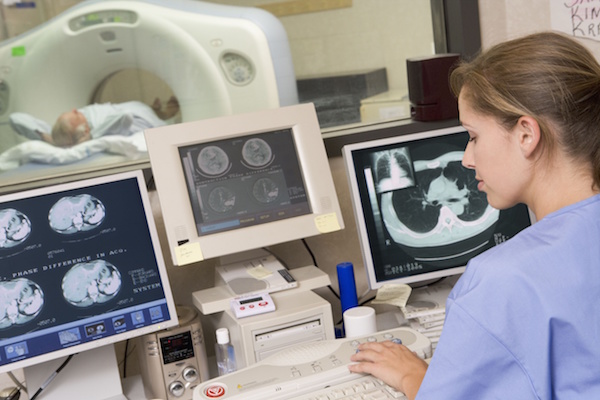
MONDAY, Oct. 17 (HealthDay News) — When it comes to telling the difference between candy and some medications, teachers are almost as likely to make an error as kindergartners, according to new research conducted by two enterprising elementary schoolers.
Casey Gittelman, who’s now 12 years old, and her friend Eleanor Bishop showed a special medicine cabinet filled with medicine and candies to teachers and kindergarten students at Ayer Elementary School in Cincinnati, to see how well they could distinguish candy from medicine and vice versa.
“Neither of them could tell the difference between the medicine and the candy very well,” said Gittelman, who’s now in seventh grade. “The kids who couldn’t read did worse,” she added.
Gittelman is scheduled to present her findings Monday at the American Academy of Pediatrics’ National Conference and Exhibition in Boston.
Thirty teachers and 30 kindergarten students were selected to participate in the study. Gittelman’s father, Dr. Michael Gittelman, a pediatrician at Cincinnati Children’s Hospital Medical Center, helped the girls with the study. The specially stocked medicine cabinet came from the hospital’s Drug and Poison Information Center.
The young students were able to distinguish candy from medicine 71 percent of the time. Teachers did slightly better, picking out the medicine from the candy at a rate of 78 percent. Just 67 percent of the youngsters who couldn’t yet read were able to correctly identify what was candy and what was medicine.
Sweet Tarts were commonly mistaken for Tums (53 percent) or for Mylanta (53 percent). Half the time, Reese’s Pieces candies were mistaken for Sine-Off, a decongestant medication. And, M&M’s candies were mistaken for Coricidin 43 percent of the time. Coricidin is another decongestant medication.
Circular drugs and candies that had similar colors and shine and no distinguishable markings were most likely to be mistakenly identified, according to the study.
“The FDA is working hard to try to make medicines palatable to kids. But, there’s a fine line between making a medicine such that a child is willing to take it, but not making it so tasty that they want to take it all the time. It’s not an easy science,” said Dr. Robert Squires, clinical director of pediatric gastroenterology at Children’s Hospital of Pittsburgh.
“I think that if companies that make medicines could make them to look less like candy, then less unintentional ingestions will occur in kids,” said Gittelman.
She also said that it’s important to lock up medications and keep them in their original packaging. Almost one-quarter of the teachers in the study said that medications weren’t locked up or out of reach in their homes.
A second study — this one done by adults and scheduled for presentation at the same meeting — found that in 24 homes with children between 2 and 6 years old, 22 percent of medications weren’t stored safely. That included 30 percent of drugs containing acetaminophen (Tylenol).
That finding is particularly important because acetaminophen can be toxic to children when consumed in higher-than-approved doses.
But, said Squires, it’s understandable that parents might underestimate the risk posed by acetaminophen. “When you can go to a big box store and buy enough acetaminophen to kill 30 people, it’s hard to think that could be harmful,” he explained.
“I wouldn’t want people to be afraid of acetaminophen. Acetaminophen is a very good medicine when taken in a standard dose,” said Squires. But, when taken in large quantities, the drug can cause liver failure. “Recent data suggests that about 12 percent of acute liver failure in kids is from acetaminophen. And, about one-third of kids attempting suicide between 10 and 17 years old take too much acetaminophen,” Squires noted.
Combination cold and flu medications often contain acetaminophen, but people may not realize that, and then take another dose of acetaminophen on top of the cold medication. “It’s not necessarily a single high overdose, but over an extended period of time, like when you have the flu,” said Squires.
Because both studies were presented at a medical meeting, the data and conclusions should be viewed as preliminary until published in a peer-reviewed journal.
More information
Learn more about preventing an accidental medicine overdose from the U.S. Food and Drug Administration.

